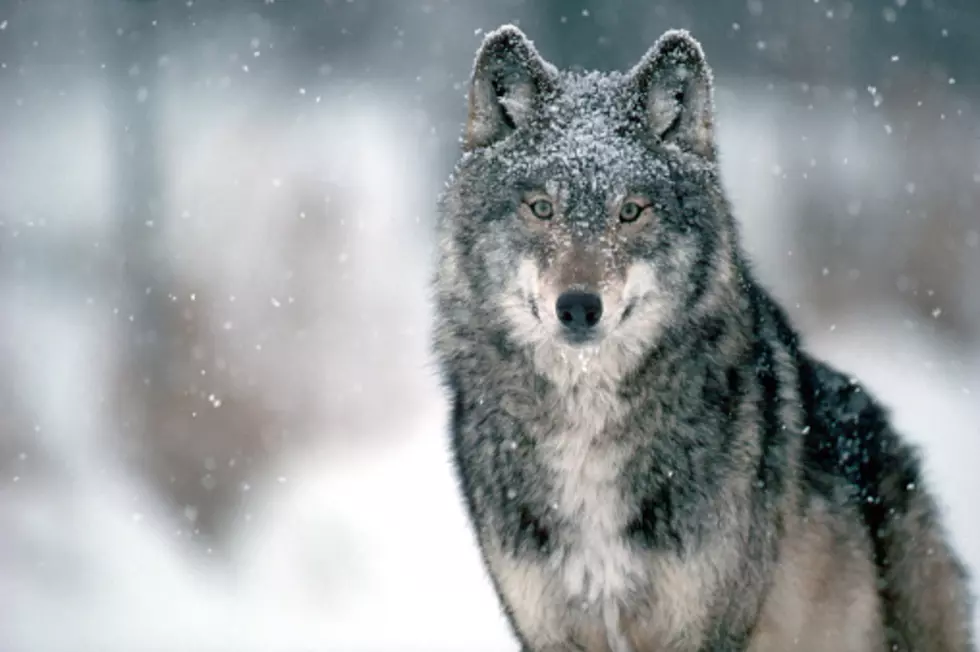
Wolf Hunting/Trapping Season Is Underway In Wisconsin
For the past four decades or so, wolves in upper Great Lakes states like Wisconsin have enjoyed protection from being hunted because of being placed on the Endangered Species List.
Once the gray wolf was removed from the Endangered Species Act in January, it didn't take too much time for a hunting organization to demand a gray wolf hunt for the first time in 40 years.
The Wisconsin Department of Natural Resources planned to hold-off on the hunting season till November. That did not go over well with a Kansas-bases hunting organization called Hunter Nation that sued the organization and won.
A judge in Jefferson County, Wisconsin agreed with Hunter Nation and ordered the Wisconsin Department of Natural Resources (DNR) to hold a gray wolf hunt. That hunt will begin today, February 22nd, and run through next Sunday, February 28th. If quotas are reached before the 28th, the hunt will end at that time, according to the Wisconsin DNR.
I don't have much (translated: any) experience with wolves beyond The Big Bad One from the storybooks, but I do remember my grandfather talking about them being around when he was a kid, living on a farm between Byron and Leaf River. Keep in mind that he was born in 1903 (about a month before the Wright Brothers flew at Kitty Hawk), and wildlife was a bit different then. He clearly remembered lying in bed at night listening to the wolves howling throughout the countryside south of Rockford. He also remembers the occasional calf or sheep going missing, with wolves being pegged as the culprits.
If you're wondering if Wisconsin has enough gray wolves to actually justify a hunt to thin out their ranks, it would seem that the answer is yes. I popped over to the Wisconsin DNR website to see if they had any numbers on the amount of wolves hanging around in America's Dairyland, and it turns out they do.
Wisconsin DNR on the gray wolf population:
In April 2020 the statewide minimum wolf population count was 1034-1057 wolves, a 13.1% increase from the previous year. The count included 1018-1041 wolves living in 256 packs, or an average of 4.0 - 4.1 wolves per pack.
Those numbers are about four times Wisconsin's goal for wolf population.
WATCH OUT: These are the deadliest animals in the world
More From 97 ZOK






![[UPDATE] 5 Chain Restaurants We Want to Come to Rockford](http://townsquare.media/site/721/files/2024/04/attachment-FI-Chain-Restaurant-Wishlist-2.jpg?w=980&q=75)


